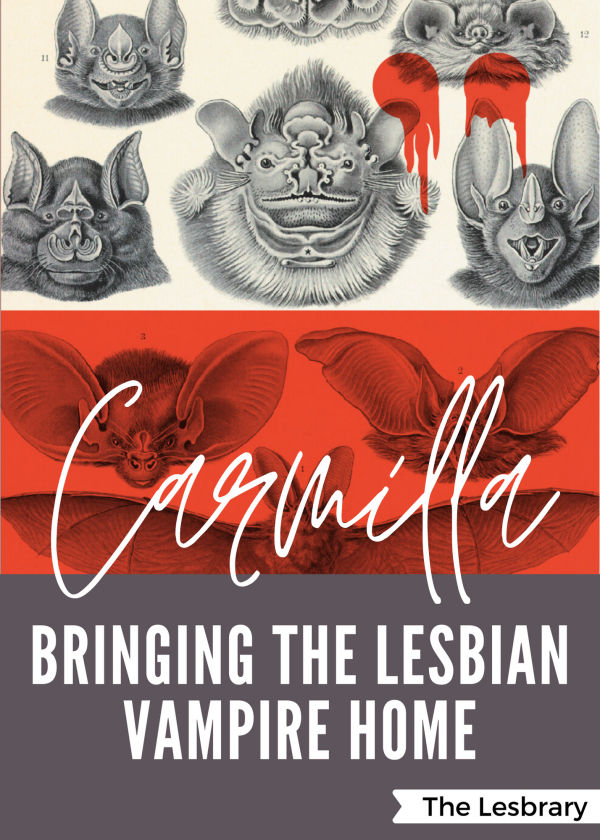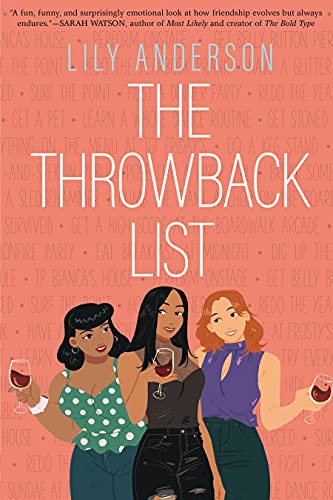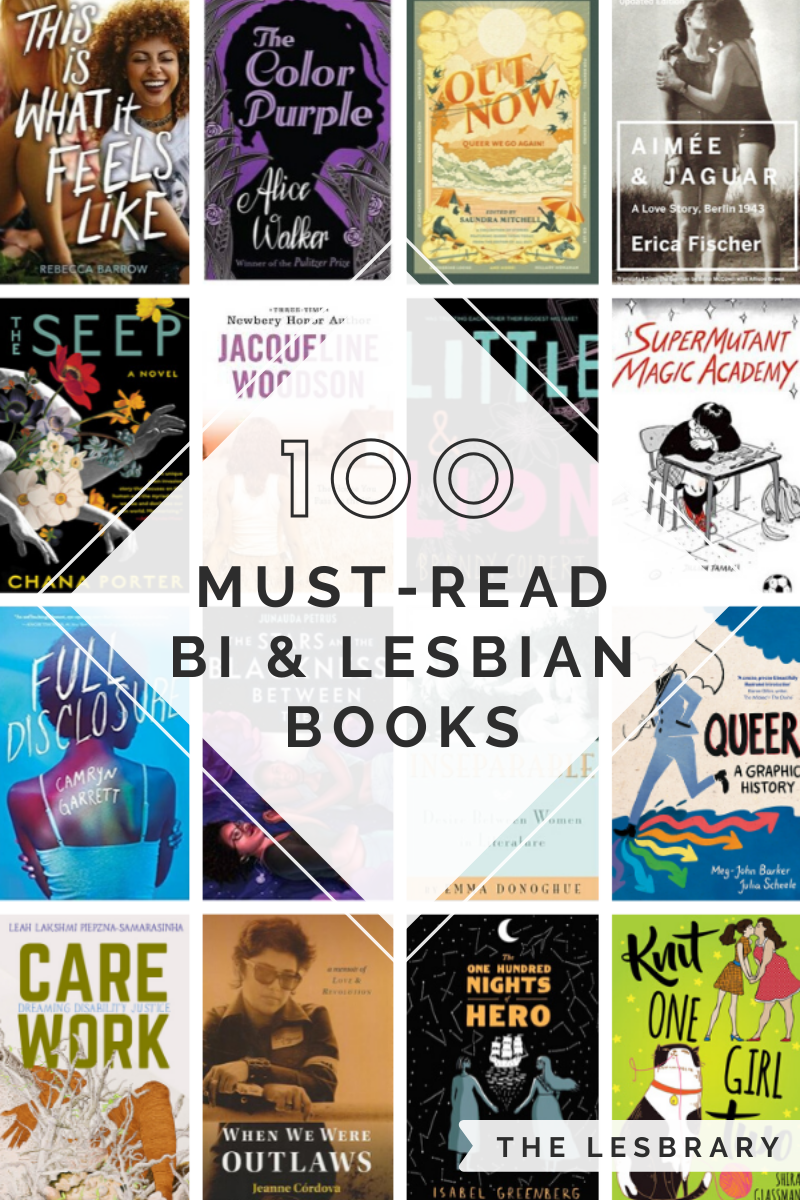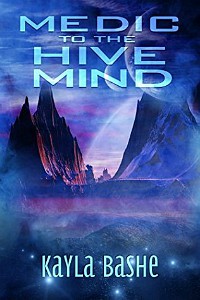
Carmilla is a lesbian vampire story that predates Dracula by decades. It’s a story I’ve come back to over and over, in the same conflicted way that I am drawn to lesbian pulp. In fact, I wrote a post about queer culture’s tendency to reclaim toxic representation, and how Carmilla and lesbian pulp fits into that. On the one hand, it’s validating to read about queer characters in classic literature, when our presence has been erased from much of history. On the other, Carmilla is literally a monster. I vividly remember my university Gender Studies class about Monstrous Women, and how the pinnacle of this is the lesbian vampire who lurks in the shadows, ready to pounce on innocent women and violently convert them.
Carmilla is a complex character, though. She’s in some ways pitiable and even relatable. She also seems to love Laura in some way, and their relationship is passionate, if veiled and macabre. I’m not the only queer woman drawn to this flawed but compelling character: it’s been adapted into a YouTube series (with canonically queer characters, including a nonbinary side character) that became popular enough to get its own movie and book adaptations.
I’ve always felt conflicted reading Carmilla, though, because while I could reclaim the character, it was with the knowledge that the author and story was painting her as monstrous—and that her sexuality was just an expression of this villainy. I was both repulsed by and attracted to this story—just as Laura is said to be to Carmilla. When I discovered that Carmen Maria Machado was editing and introducing a new edition, I was eager to get my hands on it. I couldn’t imagine that an introduction and new editor could make a huge difference, but if anyone could reclaim this queer narrative, Machado could: the same person who wrote, “I think a lot about queer villains, the problem and pleasure and audacity of them” (In the Dream House).
I shouldn’t have underestimated Machado. This edition rewrites the entire narrative of Carmilla while keeping the vast majority of the text exactly the same. Originally, Le Fanu published the chapters serially in a magazine, then later bound them together with an introduction which claimed that the story came from Doctor Hesselius’s notes. Machado adds another layer. She claims that Le Fanu pulled this story from stolen letters, disguising and censoring the women’s story. Machado claims that the real letters from Veronika (“Laura”) were explicit about her and Carmilla’s romantic and sexual relationship.
In this version, it isn’t queer women who are trying to alter the author’s intention in order to claim Carmilla. Instead, it’s Le Fanu whose heteronormativity has obscured the real story, which can now be unearthed in its true form. This edition also adds a few footnotes and illustrations, though I desperately wanted there to be more of both. The meta-narrative that Machado creates is one in which vampires do exist—and that’s not all. In one footnote, Laura lingers outside of the woods, and the footnote laments, “Lonely as she was, if only Laura knew the potential friends who resided in those woods! Peddlers, mountebanks, roguish-but-decent thieves and brigands, fairies, wolpertingers…” (Another footnote, after a lengthy description, succinctly states, “If this isn’t an orgasm, nothing is.”) And Robert Kraiza’s illustrations are beautiful and compelling.
It’s so nice to have a friendly (i.e. queer) guide through this unfriendly narrative. It was always interesting to read this classic lesbian text, but it was through the lens of heterosexism. Having a queer author shape this story makes it feel entirely new—not a guilty pleasure, but a triumphant one. Machado brings Carmilla and Laura into the fold. In this version, Laura watches in horror as her male supposed protectors execute her lover in front of her, claiming it is for her safety. Veronika dreams of Carmilla, of her corpse intoning “You are mine.” Veronika writes, “How I fear that sound: that it might be true, and that it might never be true again.”
Unfortunately, shame, guilt, and fear intermingling with desire is still a common feeling for many queer people, especially when they are first exploring their sexuality. Laura is drawn to Carmilla at the same time that she feels “something of repulsion,” which can easily be interpreted as compulsory heterosexuality souring desire. Laura even wonders if Carmilla could be a boy disguised—the only way she can conceive of romance. Under Machado’s framing, instead of being horrific, Laura and Carmilla’s relationship seems somewhat familiar. Unhealthy, sure, and conflicted—but not inhuman.
After reading this book, I was filled with pride for how queer readers throughout time have reclaimed and reshaped the narratives meant to destroy us:
I want to seek out every snide reference to a queer woman in literature throughout time, for the same reason that queer people reclaim monsters and villains. Because we stare our fears in the eye and embrace them. We take the boogeyman stories about us and we invite them in. We make monsters into heroes and the heroes into monsters. We queer the story. Instead of shrinking from the terrible associations that have been put on us, we remake them and show them off. Because we are alchemists who turn shame into pride. And this is a book that knows that so intimately.
I finished that book knowing that Machado understood why I kept reading Carmilla, and she had created a version more hospitable to readers like me. Instead of feeling like I was fighting through the text, I was guided through it with a sympathetic hand. The lesbian vampire has long been the cruel caricature of queer women, a weapon used to portray all desire between women as pathological and even violent. Machado has taken that character, and in the grand tradition of reclaiming queer villains, she has humanized her. After long being the spectre haunting queer representation, Machado has invited Carmilla in, finally bringing the original lesbian vampire home.
This article originally ran on Book Riot.



